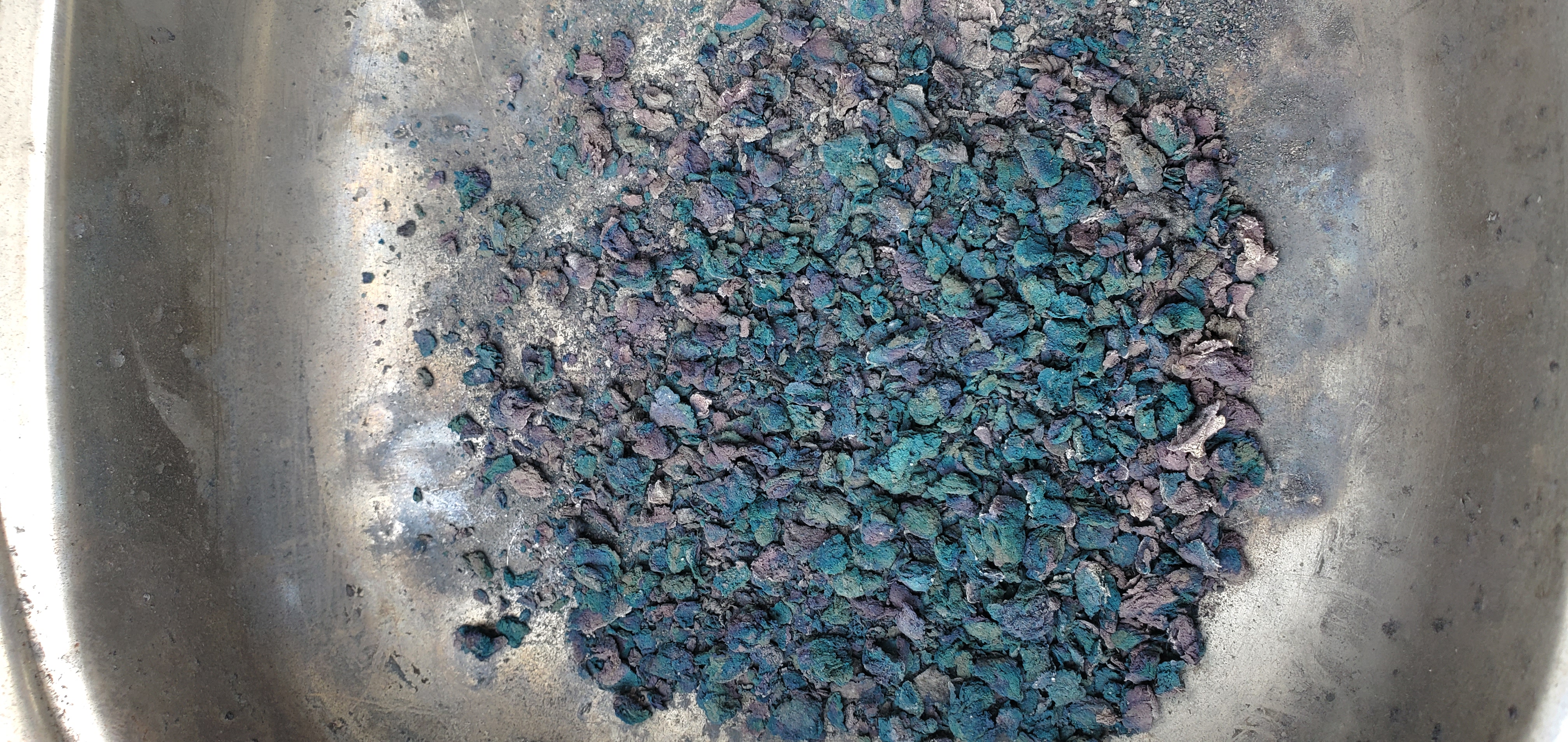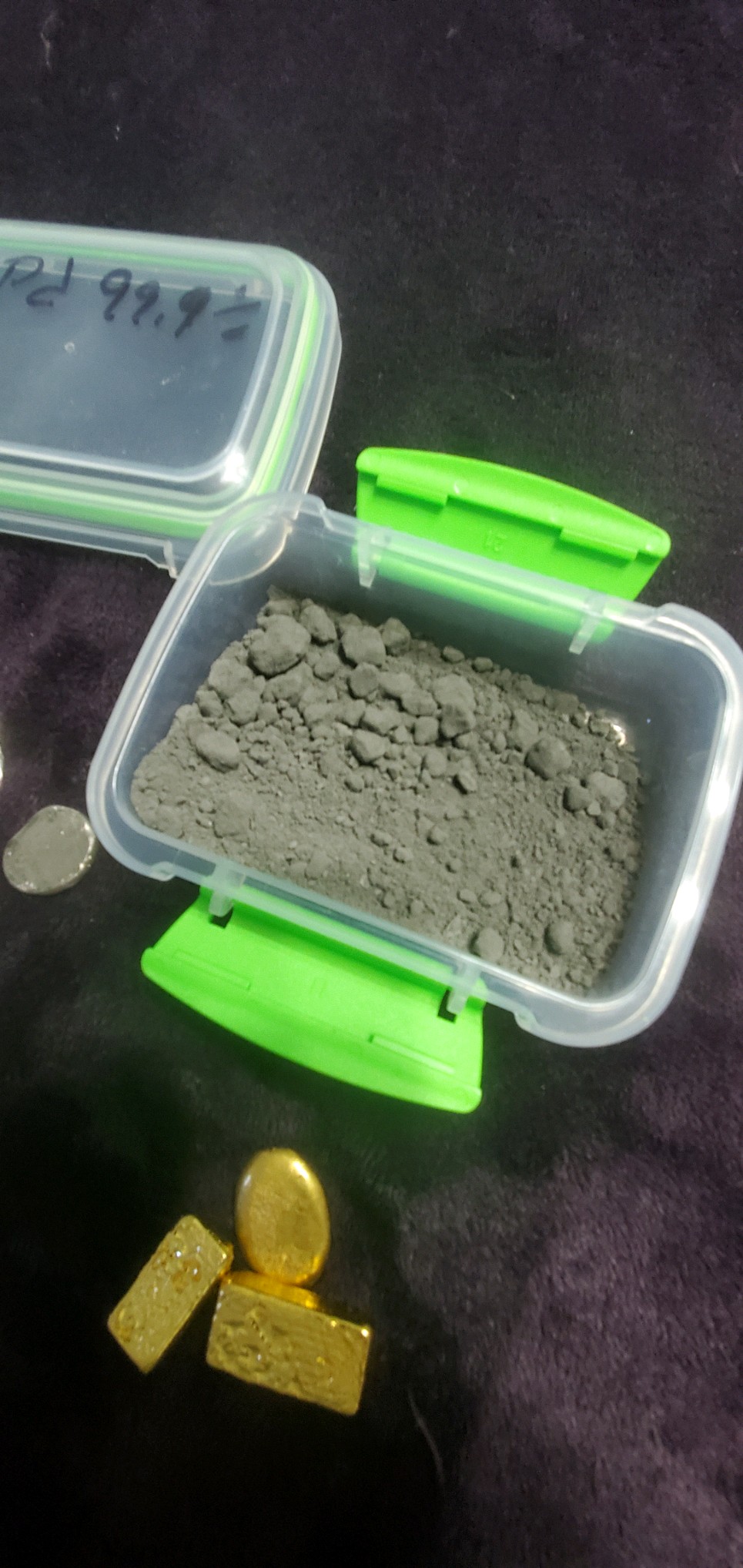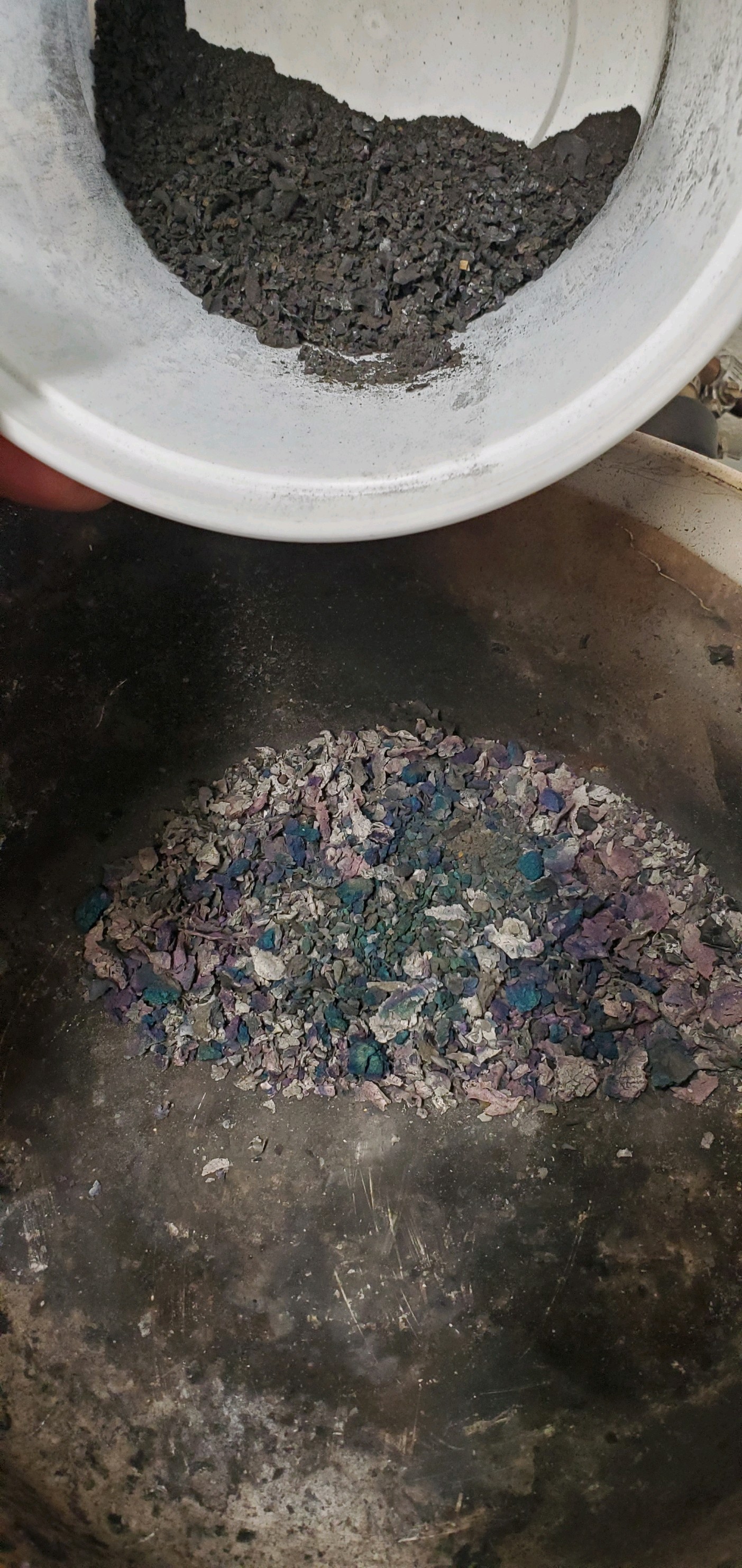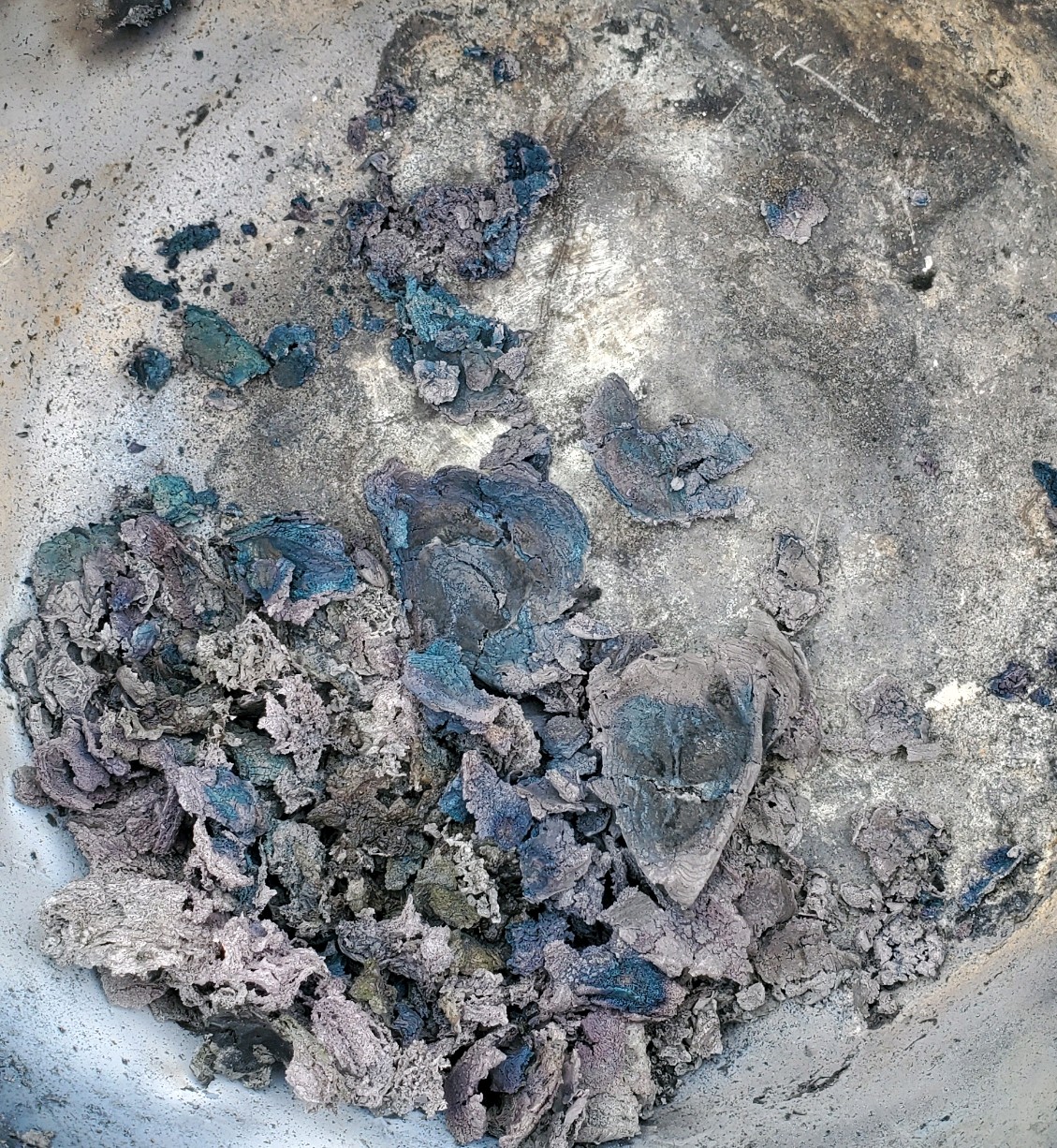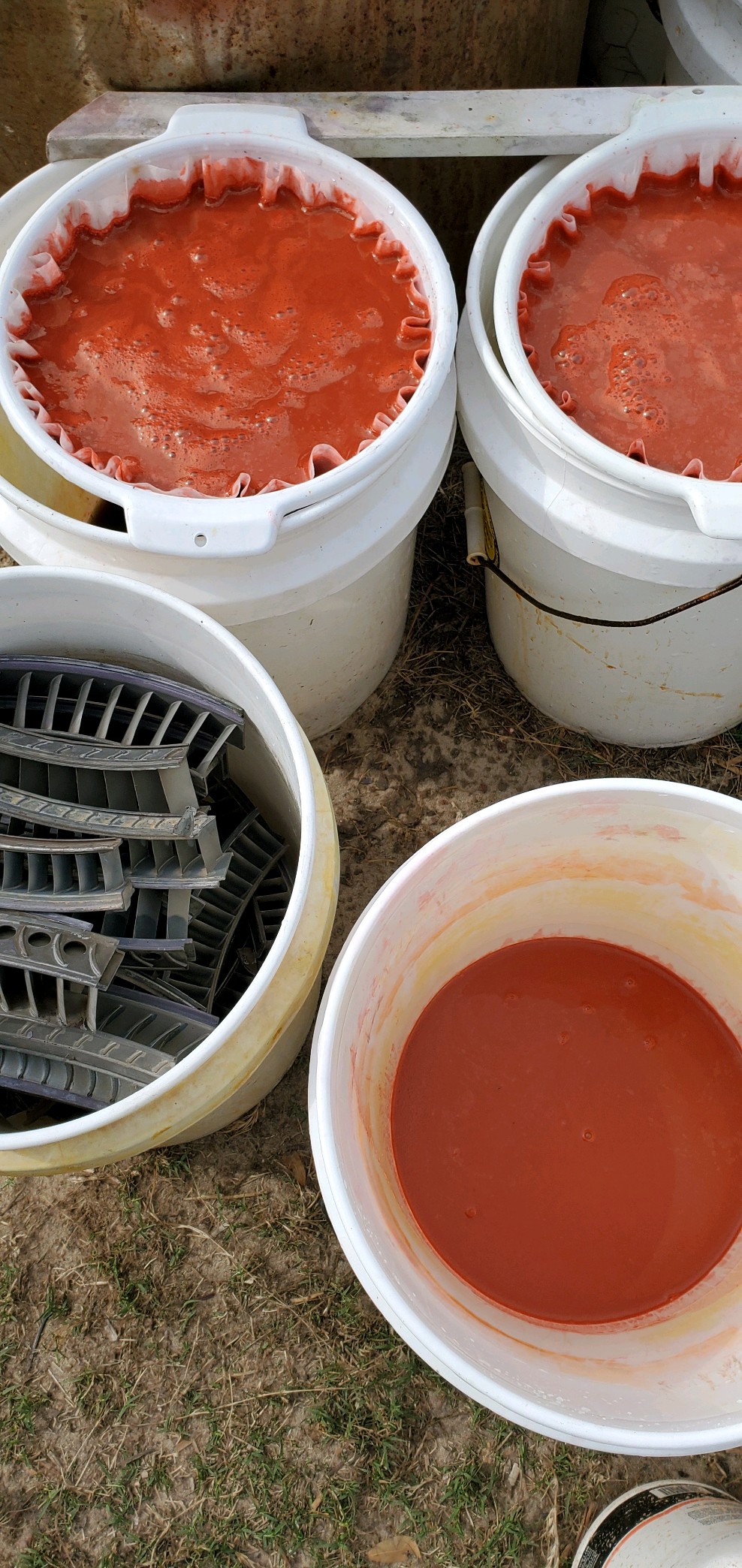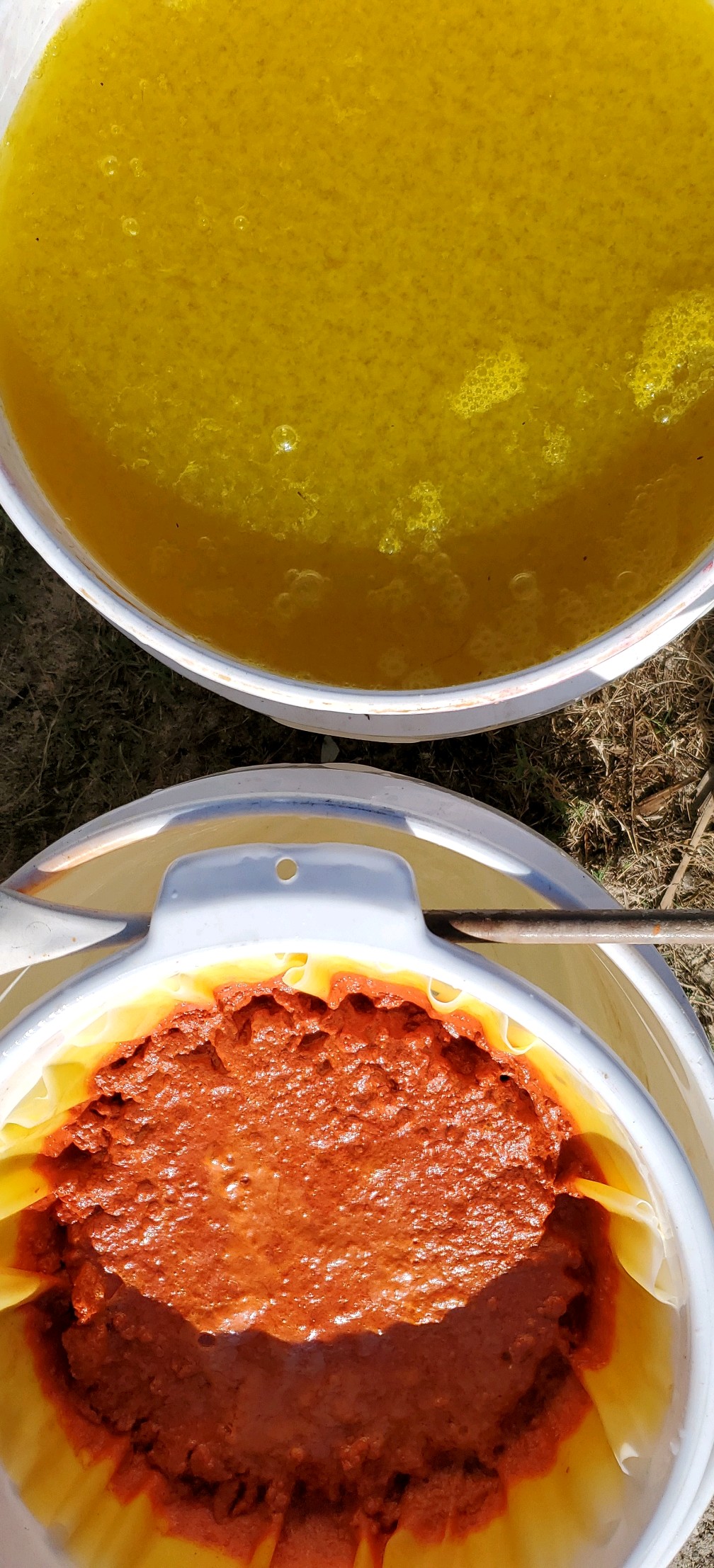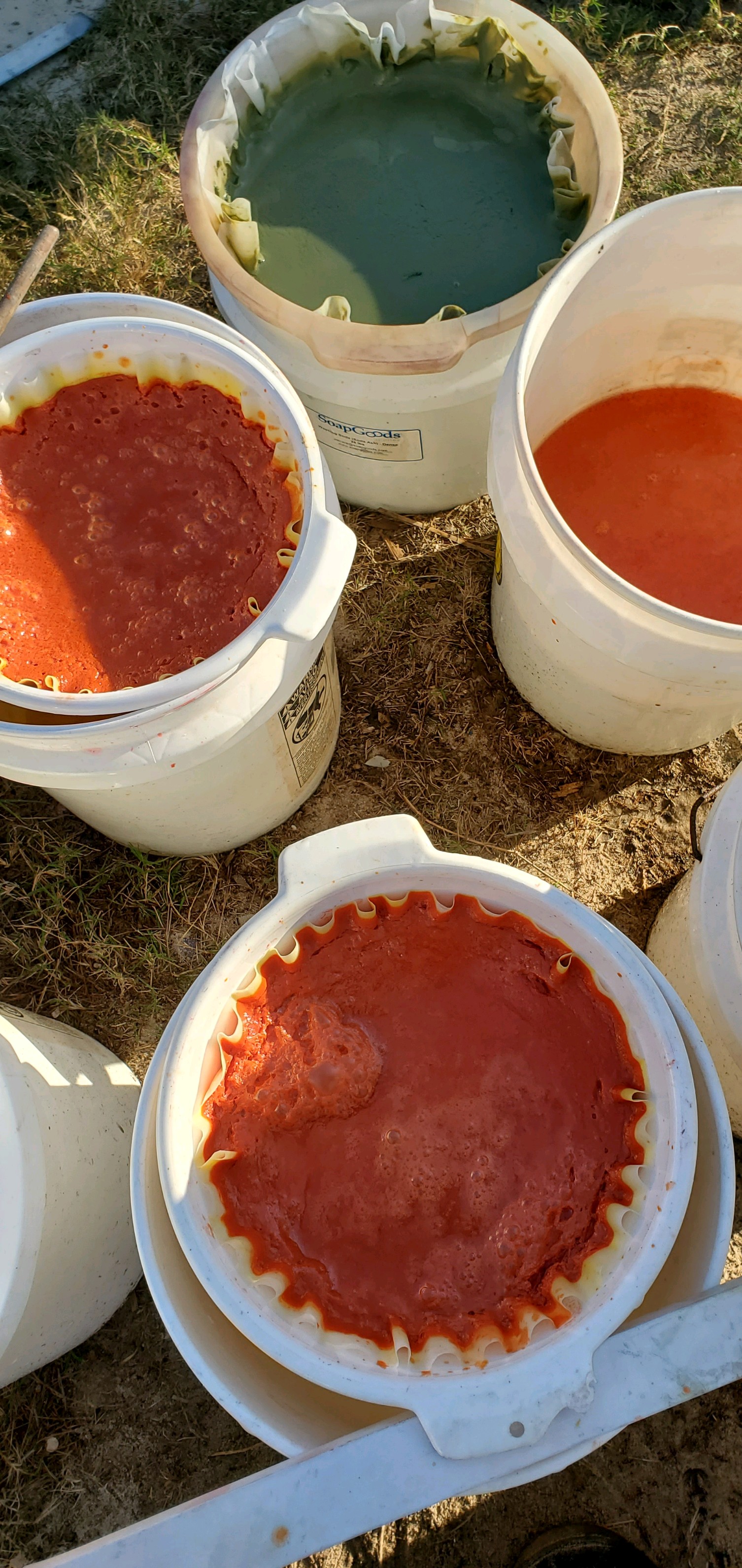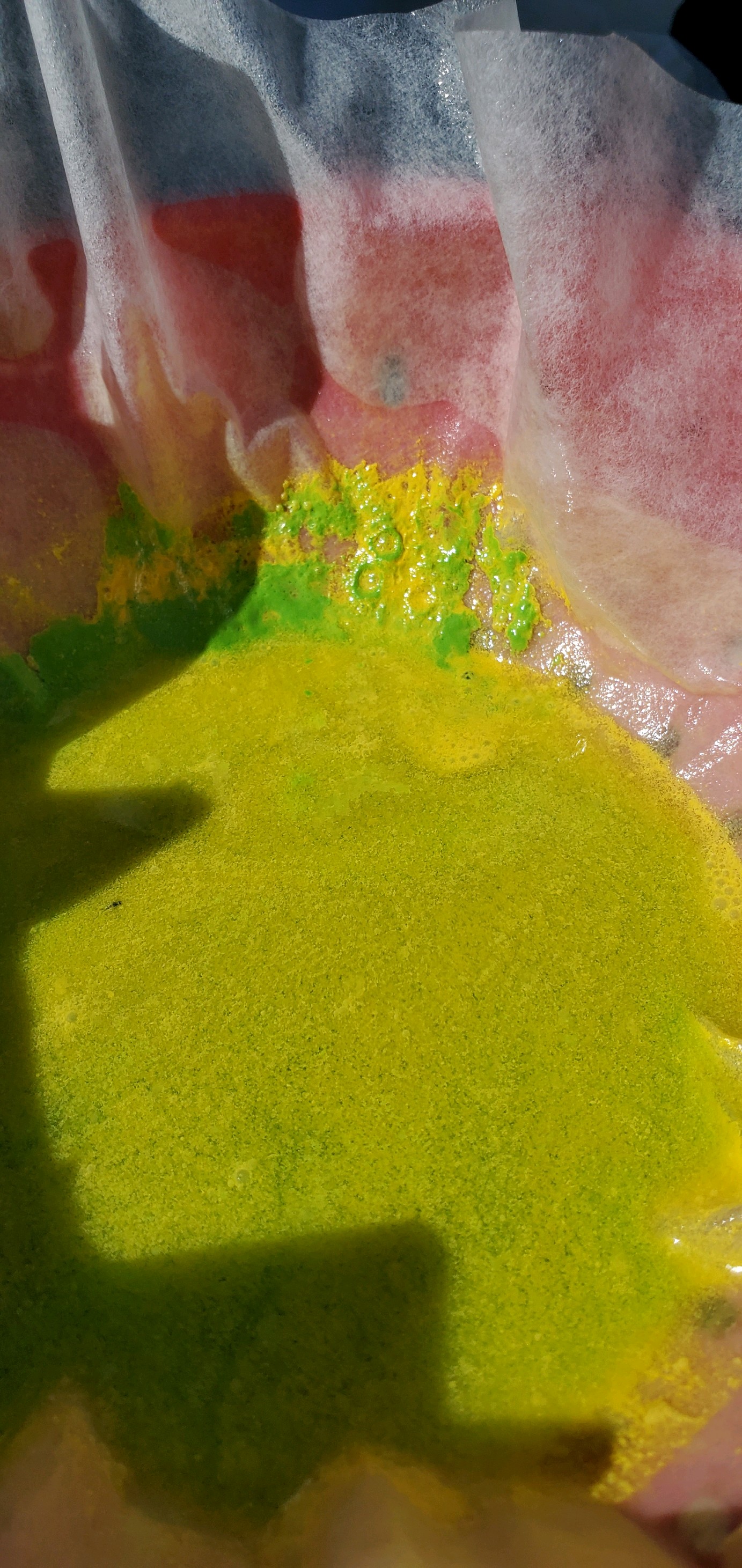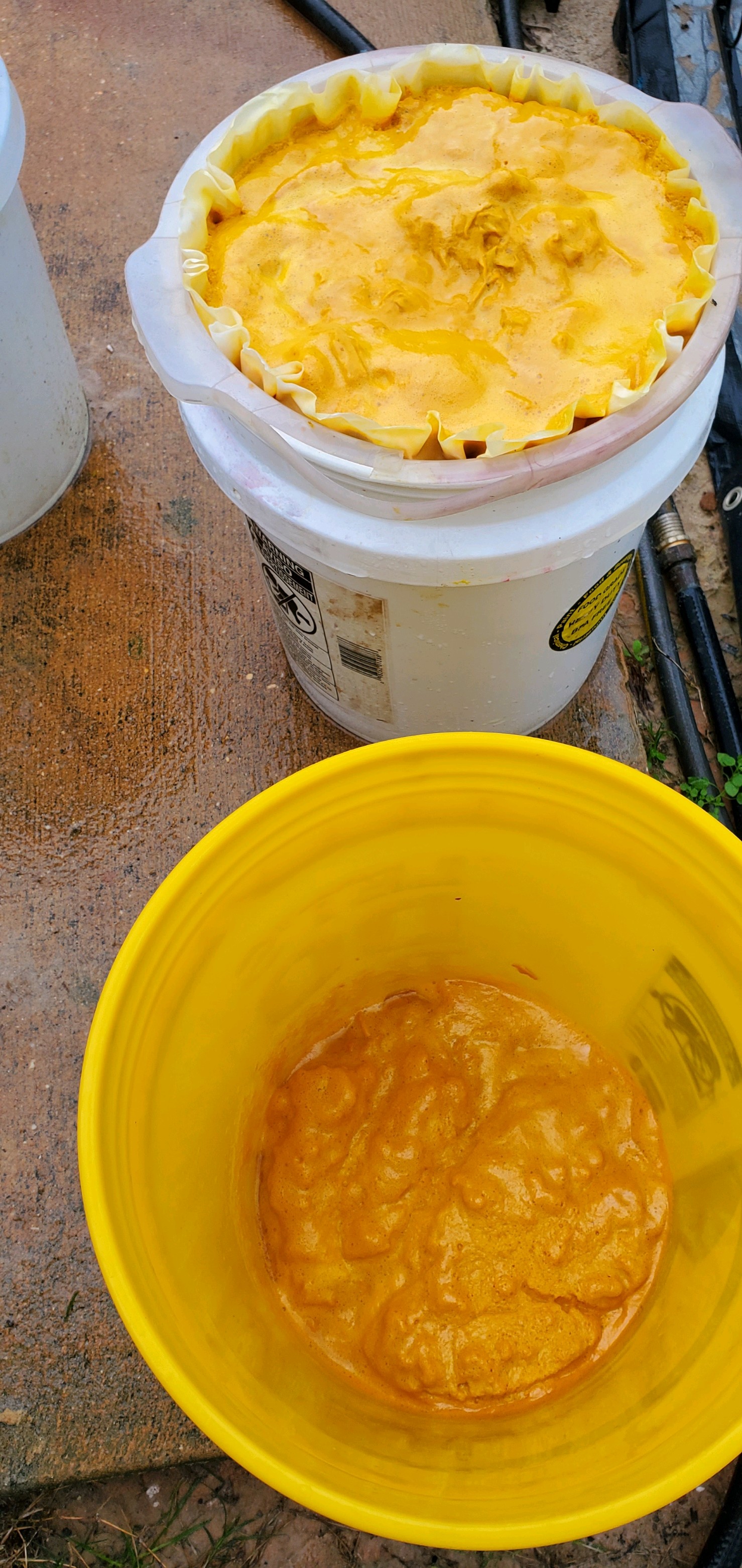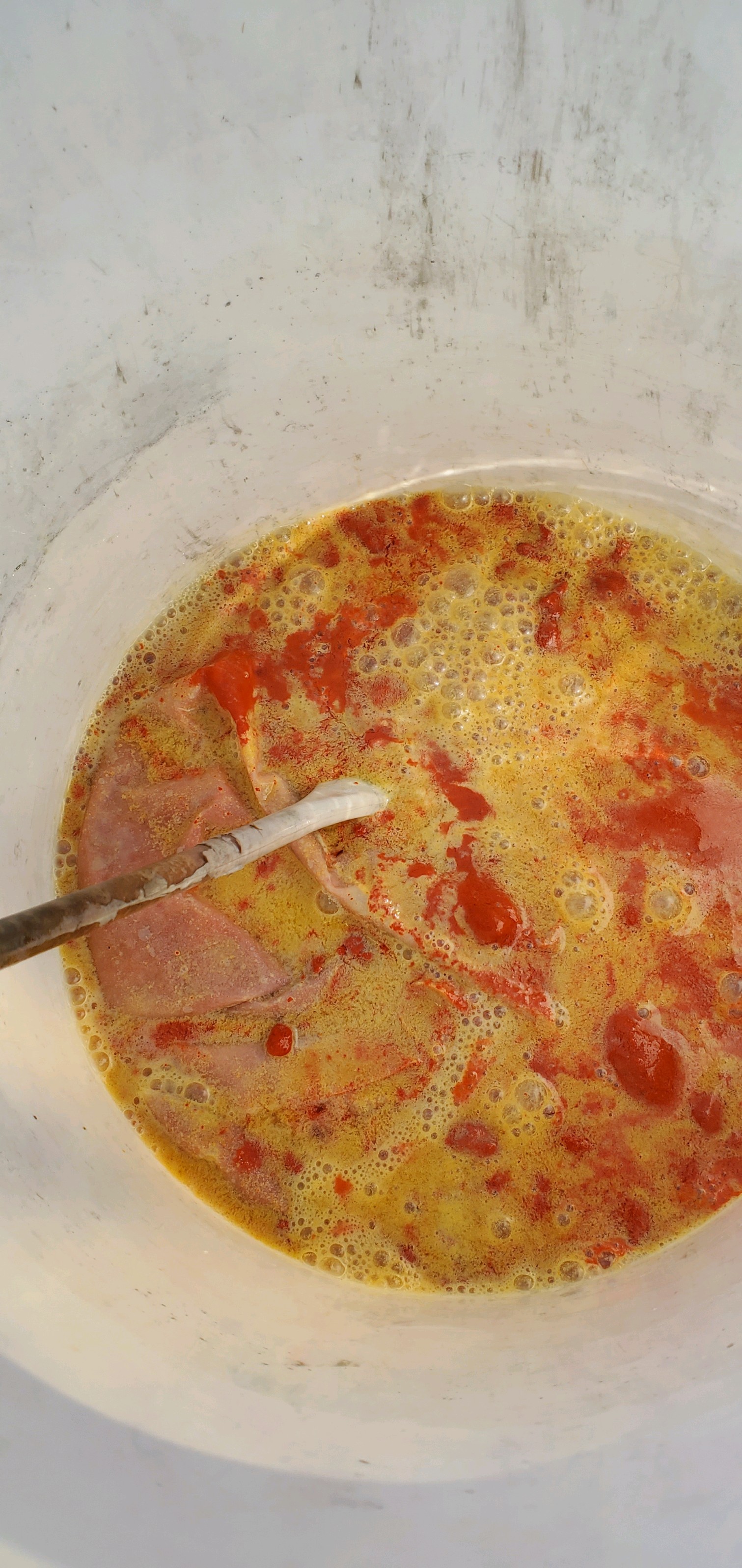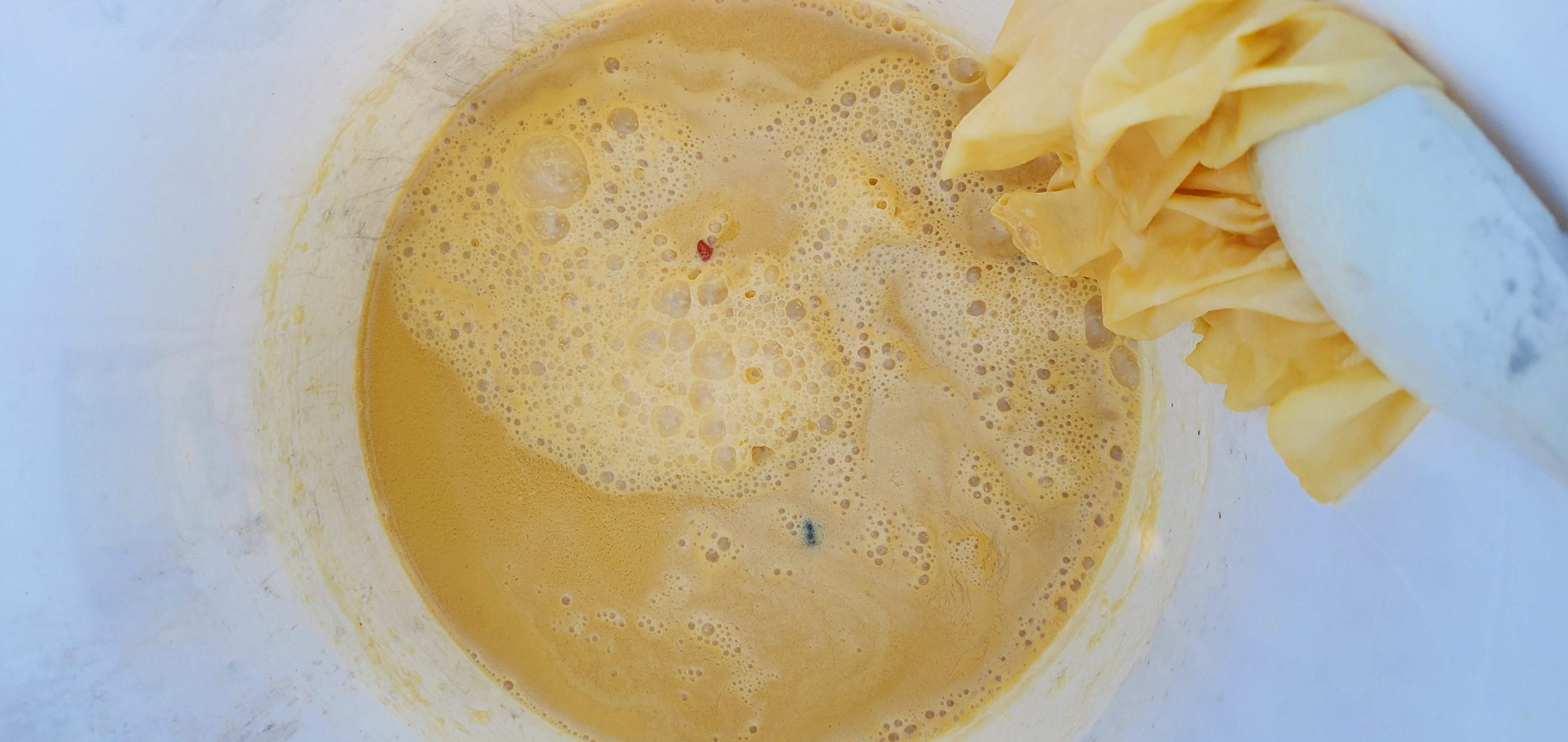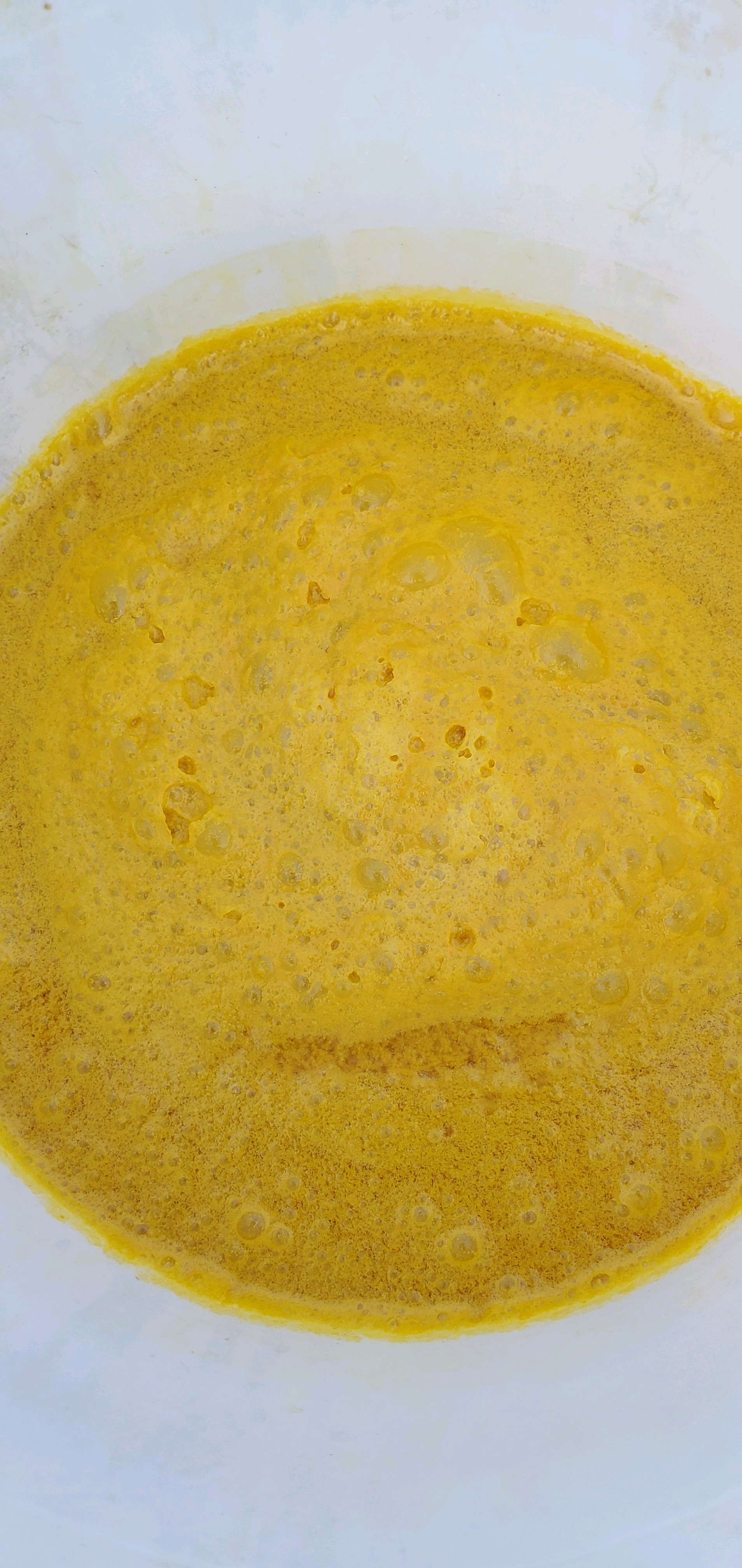I think this topic, like many, has taken two paths.
Let me see if I can bring them back together in a complete answer:
Pd dissolved in nitric acid can be precipitated using basic DMG solution prepared by 4Metals description already referenced. The pH of the nitrate solution must remain acidic throughout the process. The collected yellow Pd-DMG compound is collected, washed with water several times and finally calcined.
The resulting impure gray sponge with peacock colored highlights is then covered with 2-3 times its volume of 32% HCl and 30% Hydrogen peroxide added in small (1/10 volume) increments while heating (30-40C max) and stirring. Be sure your reaction vessel has at least 1/2 its total volume in headspace as the reaction foams and emits chlorine gas.
Allow each peroxide addition to fully react before adding another. The endpoint of each small peroxide addition is evident when chlorine is no longer being produced by the reaction.
When the Pd Sponge is fully dissolved filter out any sediments rinsing with water until the rinse water is clear. Combine all rinses with the mother liquor.
At this stage there are numerous routes to finish, but I will Segway into the one discussed above.
The deep burgundy solution can now be treated with pure aluminum foil to recover the fluffy black/dark gray palladium moss. The solution should remain below pH 4 throughout the process and be constantly stirred. Hydrogen gas is produced so work in a well ventilated area. Add Aluminum foil until no additional moss forms with a fresh Al foil strip.
Allow the moss to settle completely and decant off liquid (typically pale apple green to clear). Rinse until clear with water, stir, settle, and decant away liquid from sponge.
Prepare a rinse solution of 5 ml of 31% HCl in 95ml of water (approximately 0.5 molar) and wash the black sponge to remove any trapped Aluminum compounds.
Perform a final clean water rinse 3 times with stirring and settling between each rinse.
Collect the relatively pure (98%+) Pd, compress, and melt.
Higher purity is possible depending on your attention to rinses and other factors not discussed. As mentioned previously this but one of many routes to Pd metal.
Steve











































































